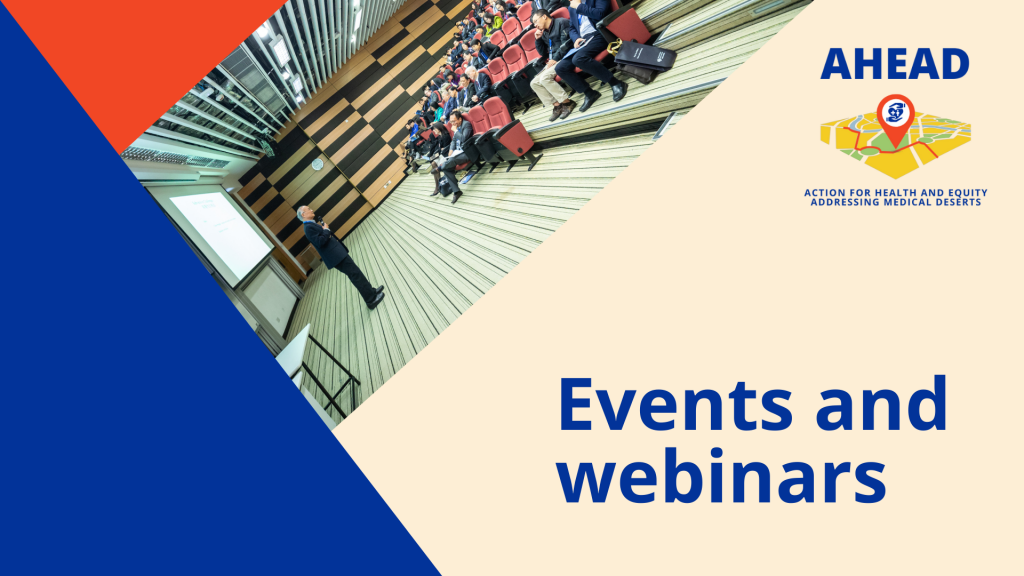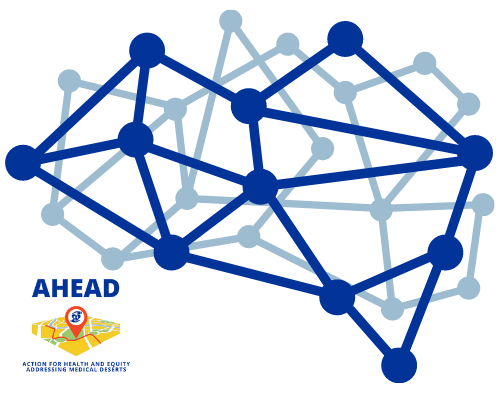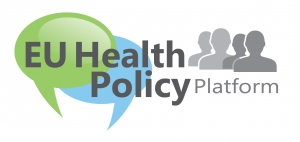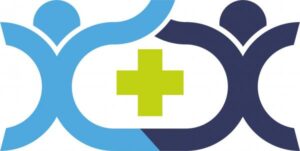Consensus building
Participatory consensus building
One of AHEAD’s unique selling points is our participatory consensus building methodology.
It is known from literature that successful implementation of health workforce policies requires strong inter-sectoral governance and consensus building among the different stakeholders involved. As a consortium, we have therefore set out to draft, test and validate a consensus building methodology, in order to increase the chances of successfully counteracting medical deserts.
The aim of this methodology is twofold:
- Implemented in the AHEAD partners’ countries, it contributes to the identification and development of practical, feasible and context-specific policy options, that will support policy makers in their decisions on health workforce issues.
- Implemented, contextualised and evaluated across the AHEAD partners’ countries, it will result in a validated methodology, that we will share in a practical guidance document, so that other organisations can apply the same methodology in their own context.
This participatory consensus building method consists of two phases at local level and one at national level, all with facilitated dialogues.
Phase 1 (local level):
Dialogues among groups of community representatives, among health workers and health managers and among local policy makers/policy implementers with the aim to:
- discuss in each group the findings of the country research;
- identify what would and would not work, when trying to resolve medical deserts;
- set priorities.
Phase 2 (local level):
Representatives from each group come together to discuss their priorities and jointly agree upon a priority of policies representing “the ideal mix of measures”, including advantages and trade-offs. This method enhances inclusion, especially for community representatives and for health workers and health managers. It allows for including the perspectives of different groups, such as their reflections on the baseline information and their perceptions about the health services context and medical desert circumstances in their particular case. It therefore offers opportunity for in-depth reflection on the main factors affecting the medical desert in their areas, and the necessary changes both the policy makers and the community should foster.
Phase 3 (national level):
Discuss and select measures in a dialogue between local and national level policy makers.
More information on AHEAD’s Consensus Building (CB) Methodology can be found in this PowerPoint presentation.
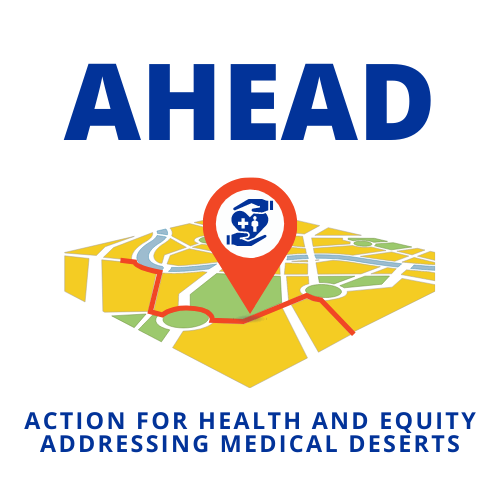

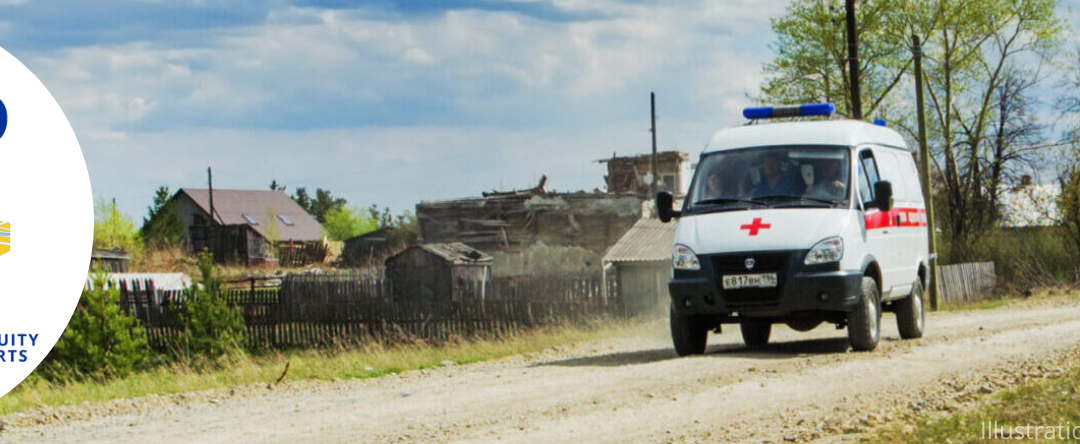
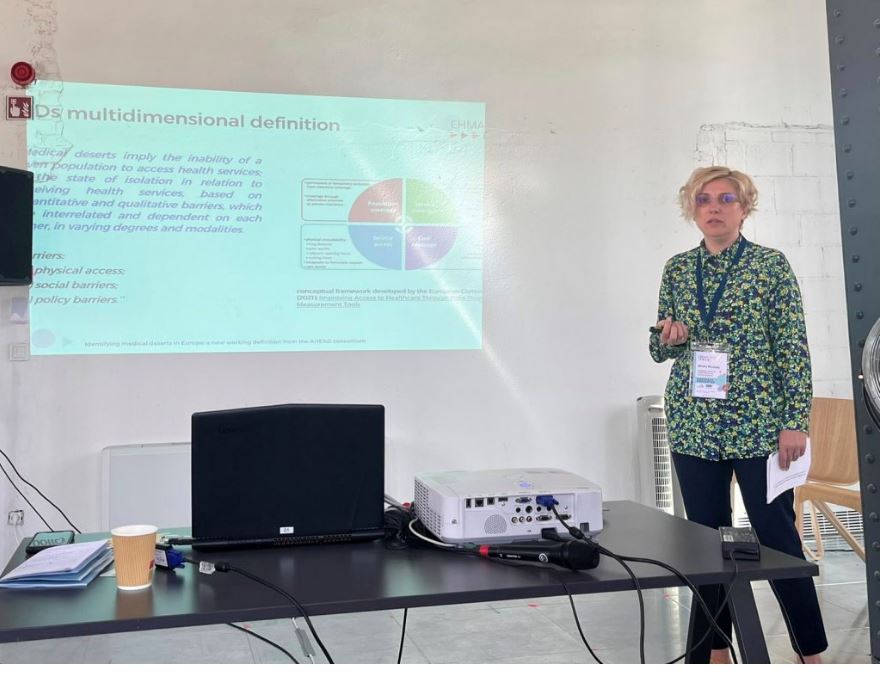 On June 15-17
On June 15-17